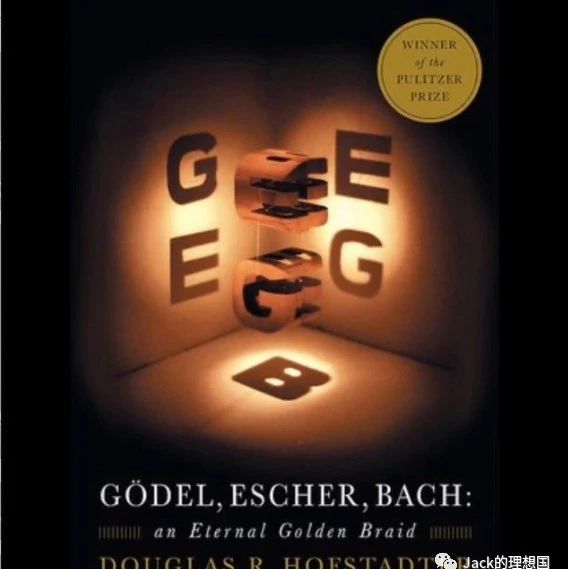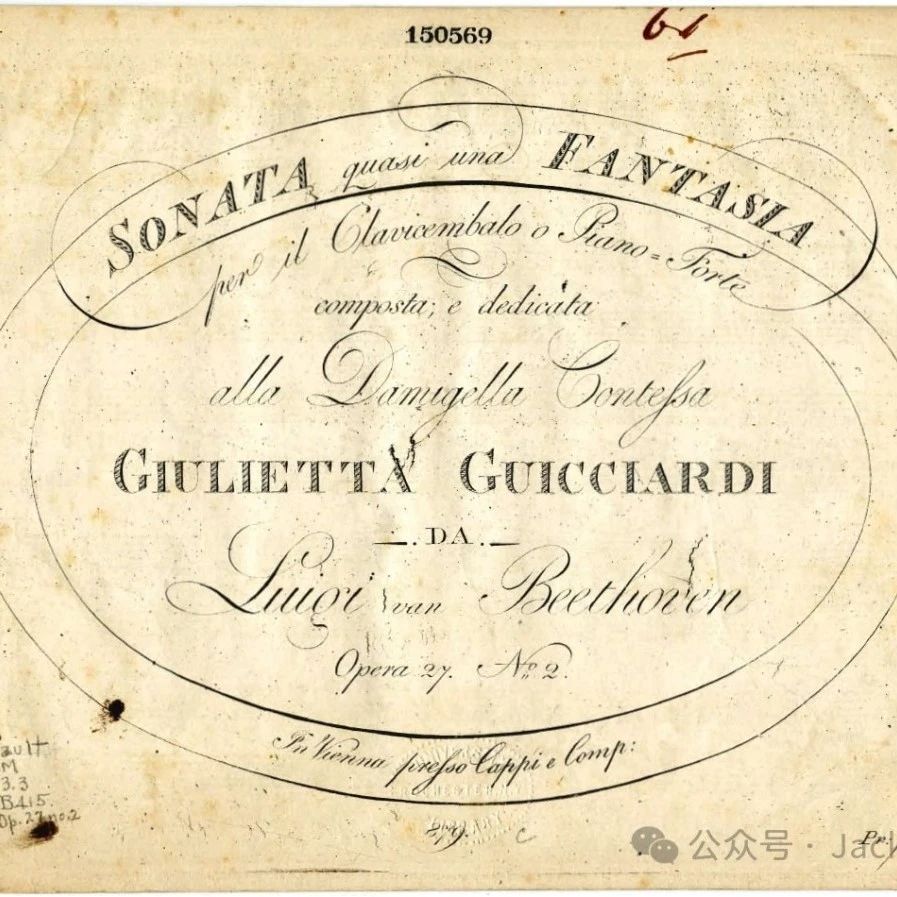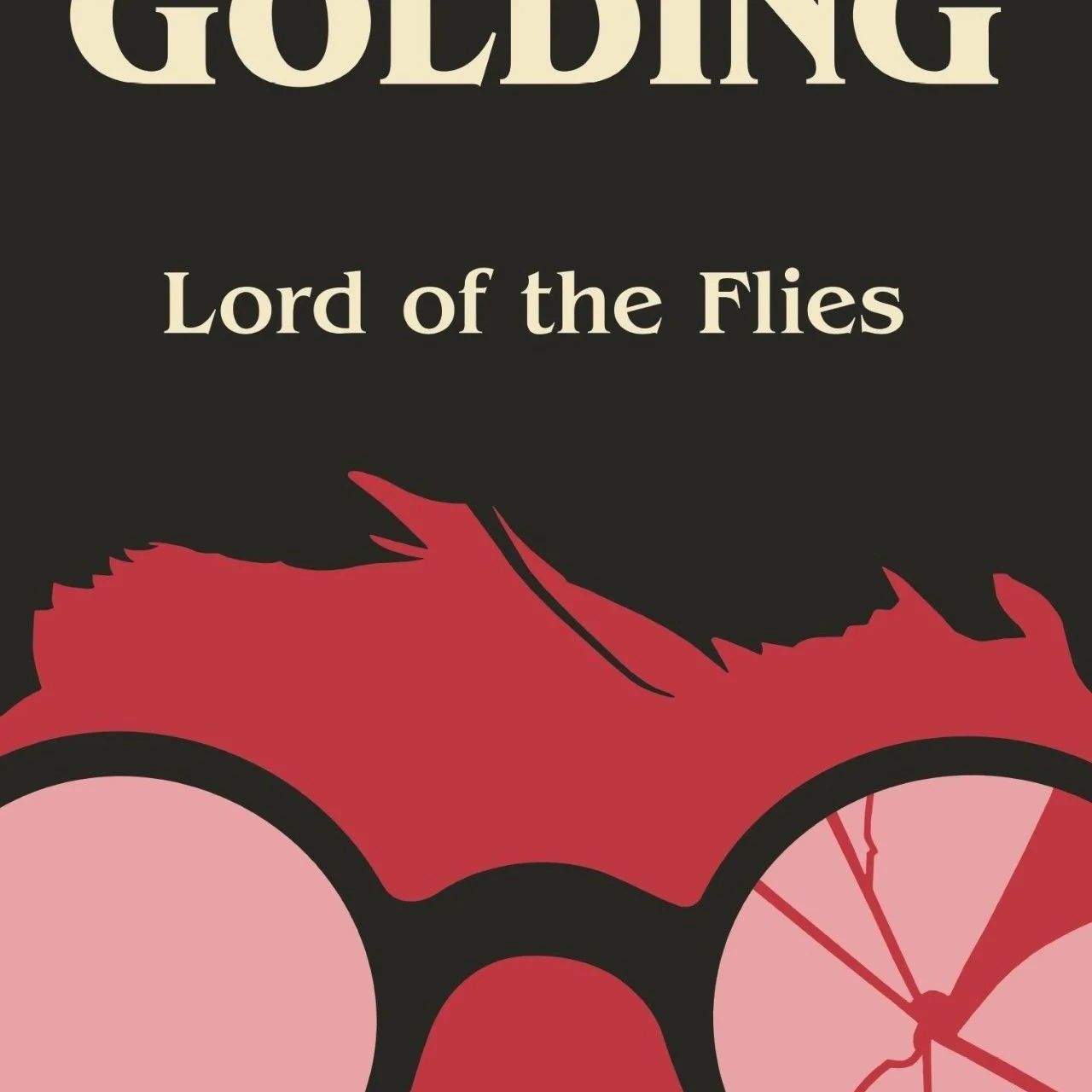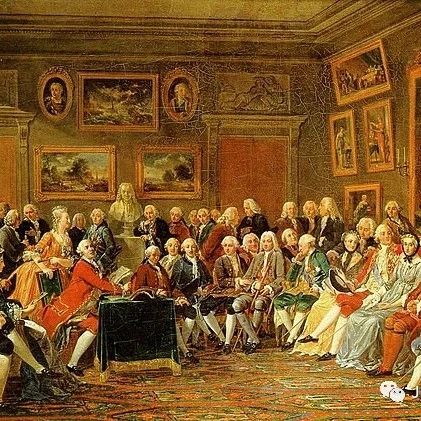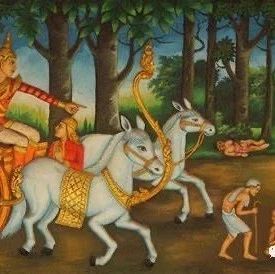War
A few weeks ago I visited the National Geographic photography exhibition. Besides “WildLives of Wild Life”, another topic about war also left a deep impression inmy heart. The photographers of National Geographic used their cameras to record down scenes and people in wars, trying to make us understand how much damage war can bring to human beings.

The first fascinating picture is about a group of people in Iraq attending a wedding. But despite this happy occasion,war is never over for these wedding guests. They still have an AK-47 in case of any violence. National Geographic photographers hope to use this kind of photo to show people that there are some places where war dugs deep roots in people’s minds. They also want us to understand to cherish the peace we are in and to understand the plight of those in war countries.

The second picture I like the most is about an Afghan Girl. This picture is very well-known and it is a portrait photo of Sharbat Gula. This is the most famous cover image in the entire magazine's history. The girl’s sea-green eyes tell the world her plight in the world as well as immense fear. Gula’s parents were killed during the Soviet Union’s bombing of Afghanistan when she was around six years old. She walked with her siblings across the mountains to Pakistan and ended up in the Nasir Baghrefugee camp in 1984. But not soon after, her life suddenly becomes a mystery. The photographer, Steve McCurry, made several unsuccessful attempts trying tolocate her. Finally, the team managed to find Gula in a remote region in Afghanistan and she was around 30. She returned to her native country from the refugee camp in 1992. This picture is especially shocking because it tells the tale of refugees in a country where war is frequent. It warns us of the dangers of wars and arouses people’s sympathy for refugees whose lives are suffering.
But it does not mean that the world is not taking action to prevent large-scale wars. Wars are becoming increasingly rare even in poor countries such as Afghanistan. There are several contributing factors. First, the price of war has gone up dramatically. Secondly, as the price has gone up, the profits decline. For most of history, polities could enrich themselves by looting enemy territories. But today, wealth consistsmainly of human capital. Thirdly, a tectonic shift has taken place in global political culture. Ours is the first time in history that the world is dominated by peace-loving elite who genuinely see war as both evil and avoidable.
War at most times will bring havoc to the world, and most people come to realize that war can be avoidable. Government and society should ponder over the negative impacts brought by war to its people and country. It can cause immense destruction and might even annihilate the humankind before anyone takes any action.
Citation:
“Sapiens-Abrief history of humankind” by Yuval Noah Harari.
“National Geographic” photographs.
- 本文标签: 原创
- 本文链接: http://www.jack-utopia.cn//article/520
- 版权声明: 本文由Jack原创发布,转载请遵循《署名-非商业性使用-相同方式共享 4.0 国际 (CC BY-NC-SA 4.0)》许可协议授权

